Michael Stipe on beards, ballet shoes and Brâncuși
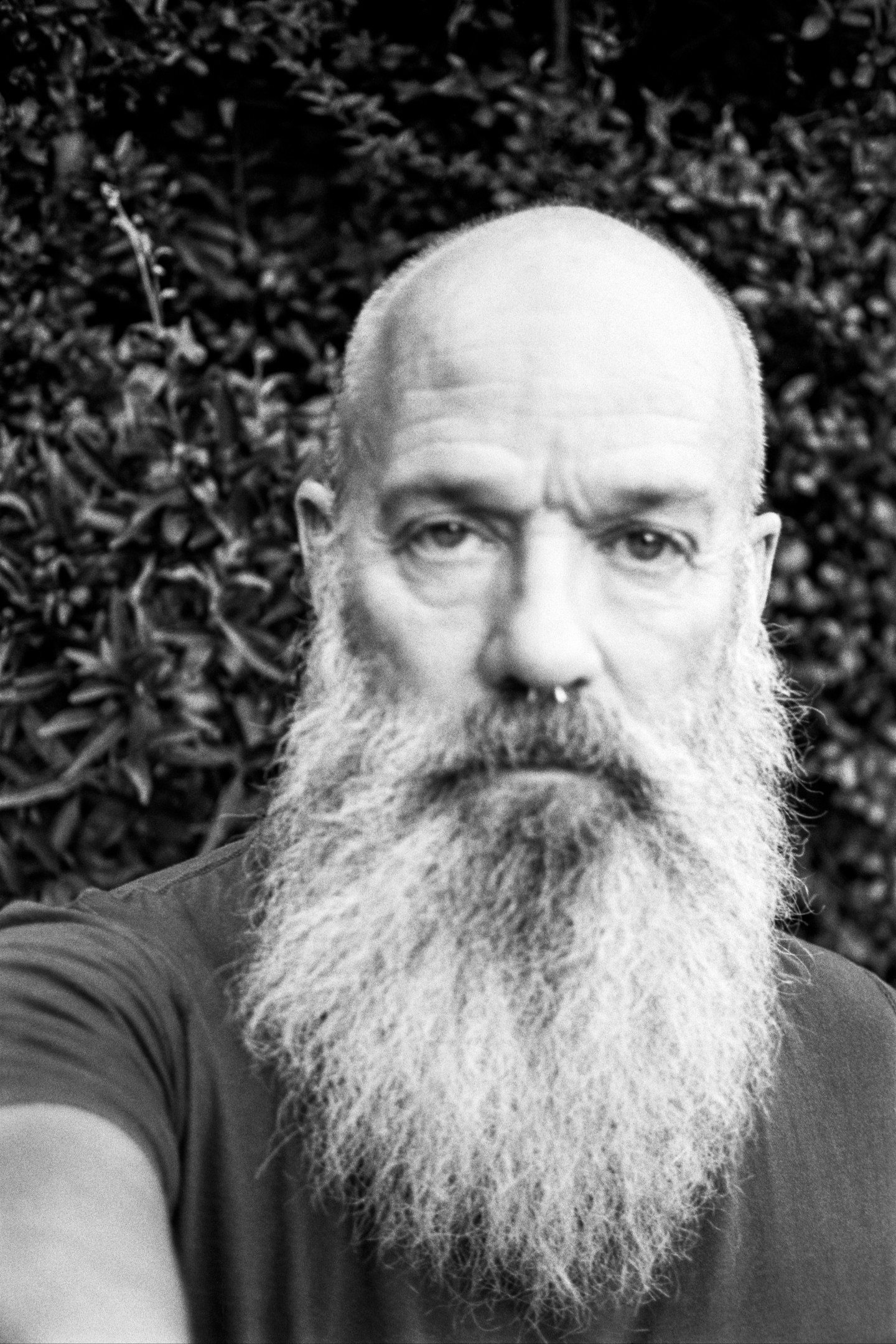
Roula Khalaf, Editor of the FT, selects her favourite stories in this weekly newsletter.
Best known as the lead singer of REM for more than 30 years, Michael Stipe is also a prolific photographer and sculptor. As he publishes a new book to accompany an exhibition in Milan, he discusses his life as an artist
You have always had a flair for titles. What was the thinking behind the book title Even the Birds Gave Pause?
The original title was really flat, descriptive and boring. Like, academic boring. So I just emptied my mind and the phrase about birds came out.
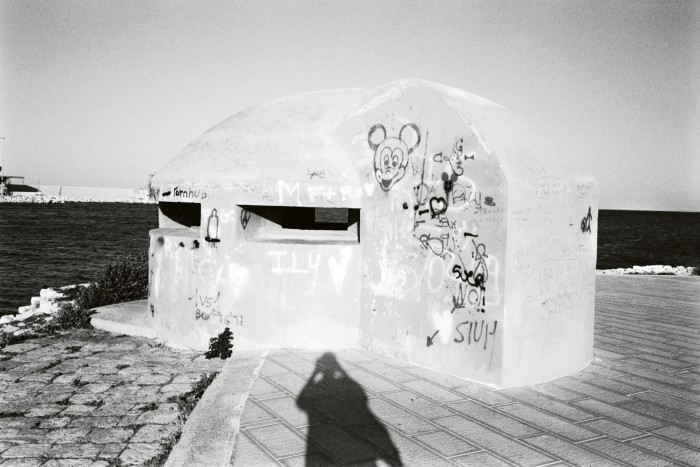
Why is it important to show works in progress and behind the scenes?
The book is examining the process that went into the ICA Milano show [of his photographs, sculpture and ceramics, titled I have lost and I have been lost but for now I’m flying high] and I thought allowing a peek behind the curtain would be interesting to viewers.
In the exhibition text, you say that “vulnerability emerges as a super-strength”. What makes you feel vulnerable?
I am naturally a fearful person, and facing those fears is one way I challenge myself and have tried to grow. I feel vulnerable in the world at large, and my imaginings of where our future lies. This has followed me since I was very young, in my dreams. I feel vulnerable inside my body, I feel vulnerable in the world and for the world. I’m an optimist who, in the back of my brain, is always buzzing with insect apocalypse and hive collapse. I despise Monsanto for what they’ve done to us. I am at my most emotionally vulnerable when faced with injustice, and God knows there’s plenty of that to go around these days.
The front cover of the book features Self portrait as Brâncuși, in grieving. Why do you have such a connection to the artist?
He is imperfect. He was completely, inextricably his work – his dedication is thrilling. He was manly, phallic, rough, but with a real feminine side to his work and its presentation. I loved his relationship with Man Ray, a hero of mine. I loved his absolute refusal to compromise his vision.
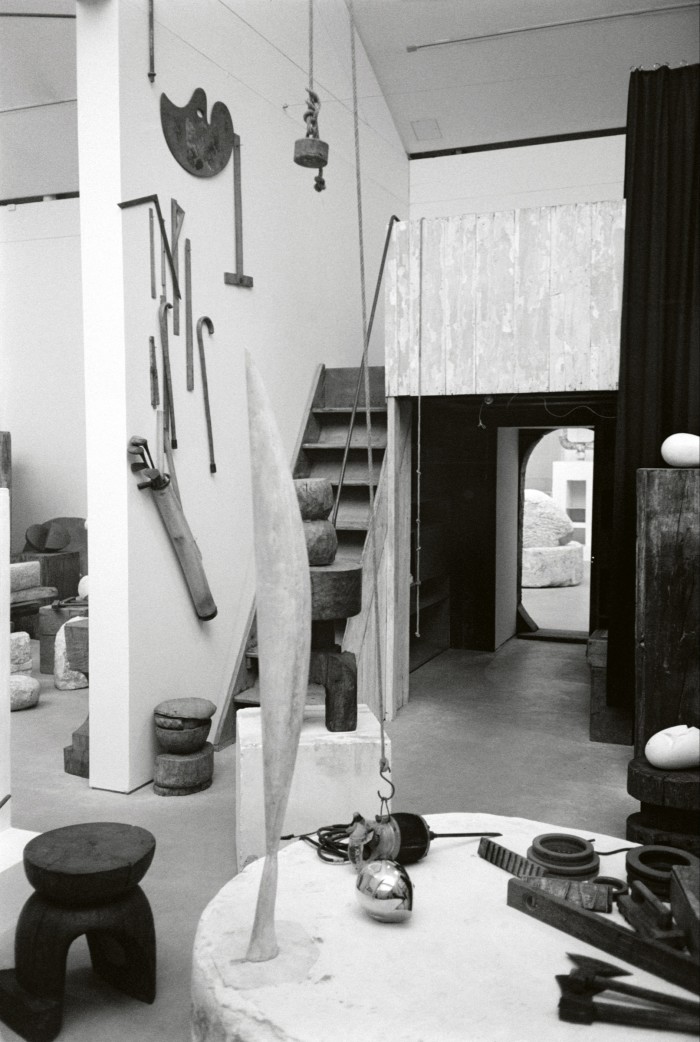
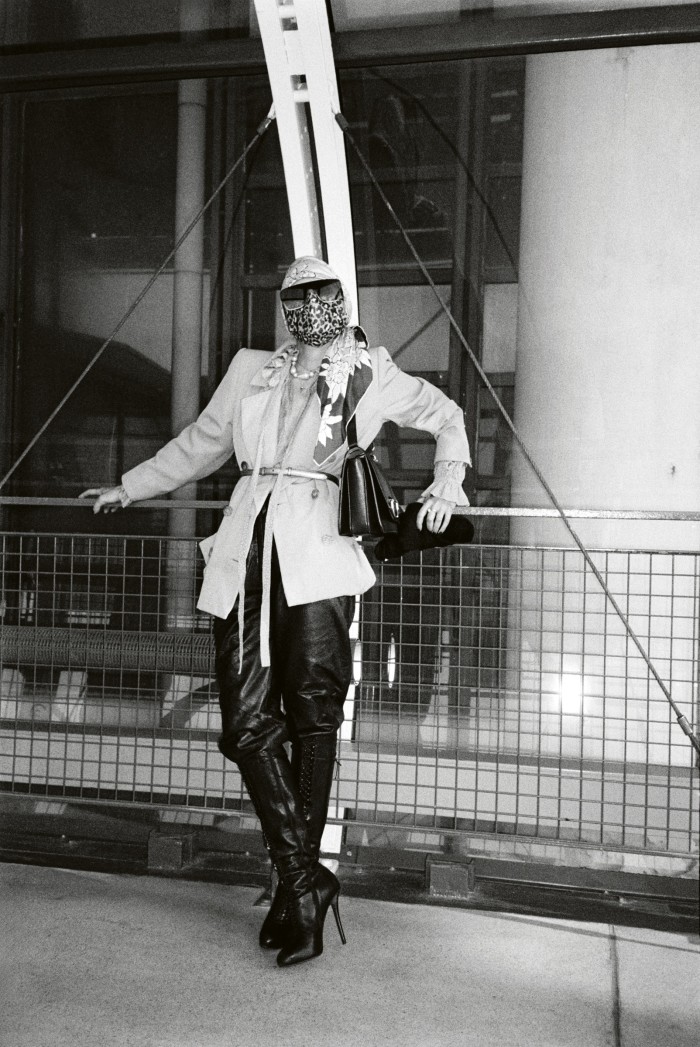
The book jacket portrait also shows the magnificently bushy beard you had for a while. How – if at all – did it change you?
The beard marks a time when I was deeply grieving. My father died in 2015 and I padded myself out with a giant beard, 30 extra pounds and a lot of layers of clothes. I became an overdressed bear… this went on for two and a half years. I was very, very sad. When I finally shaved it off, I was concerned that my jawline had gone away. It hadn’t.
Max Ehrmann’s poem “Desiderata” (1927) is central to two of the exhibits. Why is the poem important to you?
It needed updating. It affected me deeply as a ’70s teenager. It felt like a credo for living a good life, a challenging life that supported and encouraged not only one’s true self but also the world around you. That remains important to me. I can’t not care.
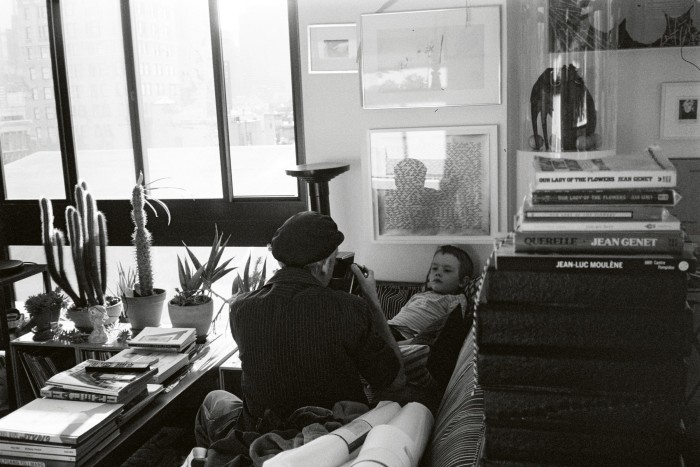
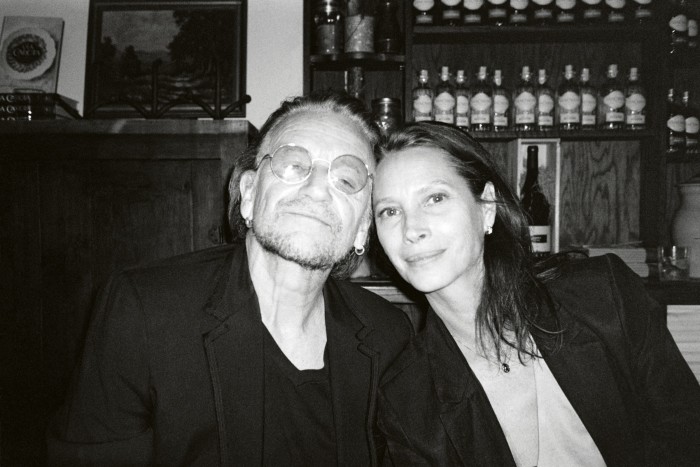
You recently turned 64 – Happy Birthday! I was surprised that someone so notoriously private posted a bathtub selfie. How do you use social media?
Did I? I guess I was just playing with age expectations and that stupid platform’s algorithms. I’ll go back and look.
You are also in a big campaign for Saint Laurent. How does it feel to be modelling in your 60s?
I am incredibly flattered that Anthony Vaccarello asked. I hold Saint Laurent historically in very high regard, and especially now; Anthony is brilliant. They were amazing to work with and the team is incredible.
How do you connect best with young people?
I have an army of goddaughters and two godsons. I listen very closely and ask questions. I inherited curiosity from my mom; it keeps you young in spirit. I’m fascinated by just about everything.
Are you happier behind or in front of the camera?
Well, both. I have a lead singer’s love of attention combined with a documentarian streak and the aforementioned fascination with everything. As a photographer, I am not afraid of beauty at all – God knows the world needs it. As a subject, I’m not a natural beauty myself, but I have my angles.
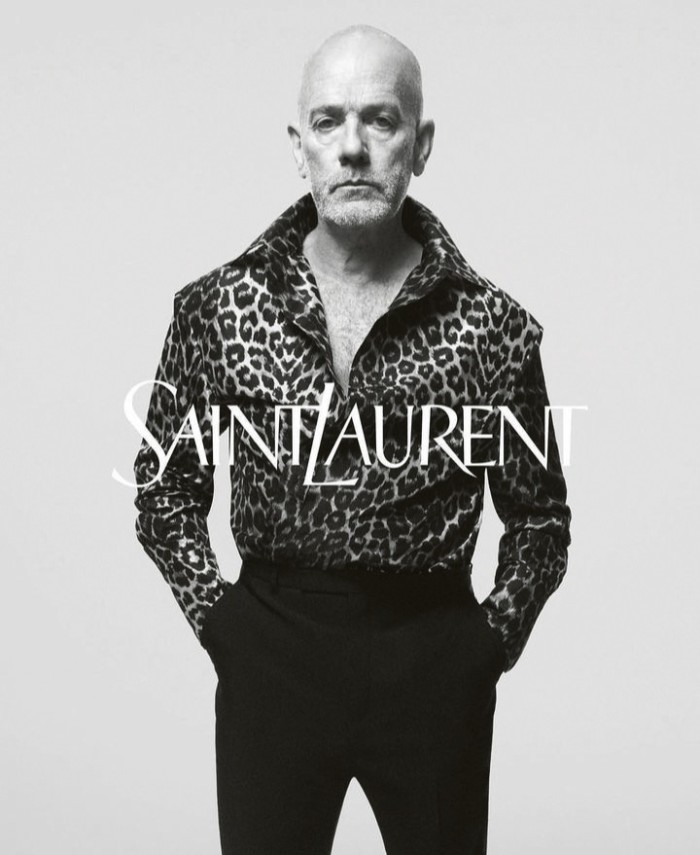
You often don’t give full names of the people in your portraits – even when they are very famous. Is this a conscious decision?
“We’re all just lonely people walking the earth.” I don’t know who said that but it applies here. I didn’t honestly realise that I had done that consistently.
When you photograph someone like Bono, how do you capture them off guard? Or is that not the intention?
A lot of my friends are well-known and recognisable. Most well-known people are equally a) suspicious of the camera and b) totally drawn to it. Everyone knows I always have a camera. It’s just up and boom boom and then it’s back in the bag. It’s more about not ruining the moment and the intimacy of friendship with over-documenting everything. The picture of Bono was at his birthday dinner. Christy [Turlington] was there and they were goofing off. It was perfect; they’re both so very beautiful.
What makes you choose your subjects to photograph?
I don’t choose, I just shoot. When I request people to do studio shots it’s usually about beauty or intrigue. I’m fascinated by dancers, how they use their bodies. I want the world to be more beautiful, mysterious, alluring. We need to remind ourselves how incredible we really are.
Is there anyone you’re yearning to photograph, or are you more interested in reportage?
Jane Goodall. She is a true hero. I wish I had photographed Quentin Crisp. We met once but it was in a hurricane of chaos and very loud music. It wasn’t right so I just held his hand.
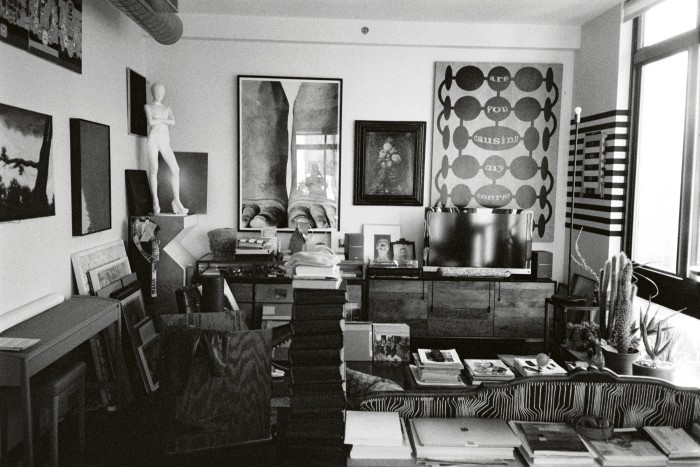
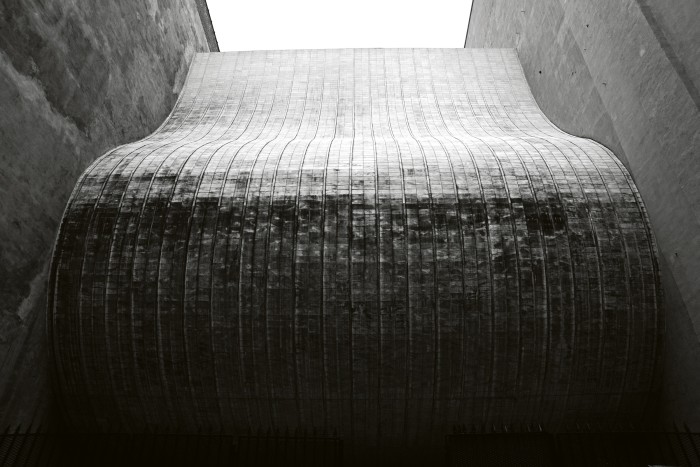
REM split amicably in 2011. since then You have released a few solo singles, and tantalised with talk of a debut solo album. Has this exhibition and accompanying book unblocked any creativity?
Yes, absolutely. Songwriting and lyric writing in particular are fucking hard and require a lot of patience, and pushing the ego and overthinking out of the way. The show absolutely stimulated a desire to finish several songs – I’m working on them now. It feels open and alive. The record will be completed this year for sure and then I’ll release it.
Do you have a routine when you’re in the art studio? Do you listen to music?
I never listen to music. It is so distracting to me that I can’t do anything else if it’s on. Ambient, dub and classical are easier, but I will still drift towards it. It has a pull that I cannot step out of.
Joni Mitchell once said, “I’m a painter first, and musician second”. Do your music and art coexist or are they independent partners?
They coexist for sure. The Venn diagram of where they meet is the most exciting. That said, my photos aren’t technically great in the tradition of a Winogrand, Frank, Koudelka or Taylor-Johnson. My photos document an extraordinary life and a way of seeing. My voice, on the other hand, is unique – so I suppose the voice gets top billing. And singing, for me, the actual physical act of singing, is extremely cathartic and healing.
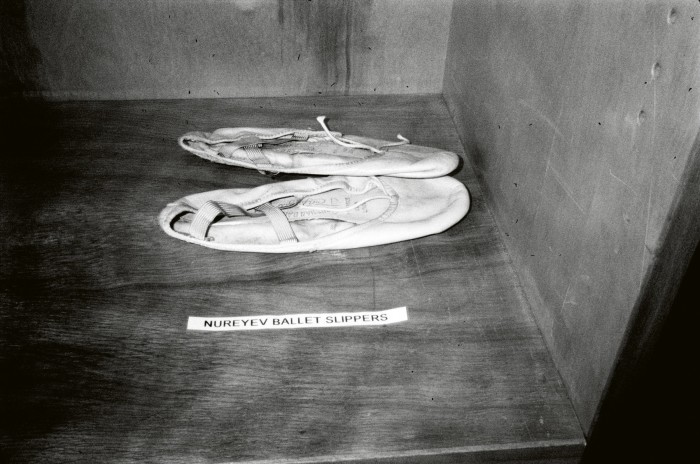
Why is the image of Nureyev’s ballet slippers significant?
They were a gift from a great friend, and represent to me pure dedication to a life. There’s more to that photo, however. They are in the cabinet designed by Isamu Noguchi for his bedroom, across the river from his studio in New York. I bought it at auction. I have an obsession with utilitarian structures built by artists. Noguchi’s cabinet, Brâncuși’s stairwell (who Noguchi interned under), Bertoia’s chair… and Eno’s Music for Airports for that matter.
Would you ever want to perform as a hologram?
Yes, absolutely. They’d have to nail it though. I tend to flail around a lot.
I have lost and I have been lost but for now I’m flying high is at the ICA, Milan, until 16 March; icamilano.it. Even the Birds Gave Pause is published by Damiani at £45; Collector’s Edition (limited to 30 copies, with a signed and numbered print, in a custom-made slipcase) at €850; damianibooks.com
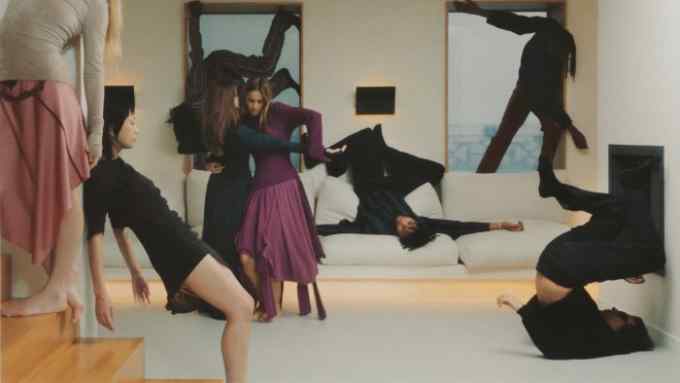
Comments